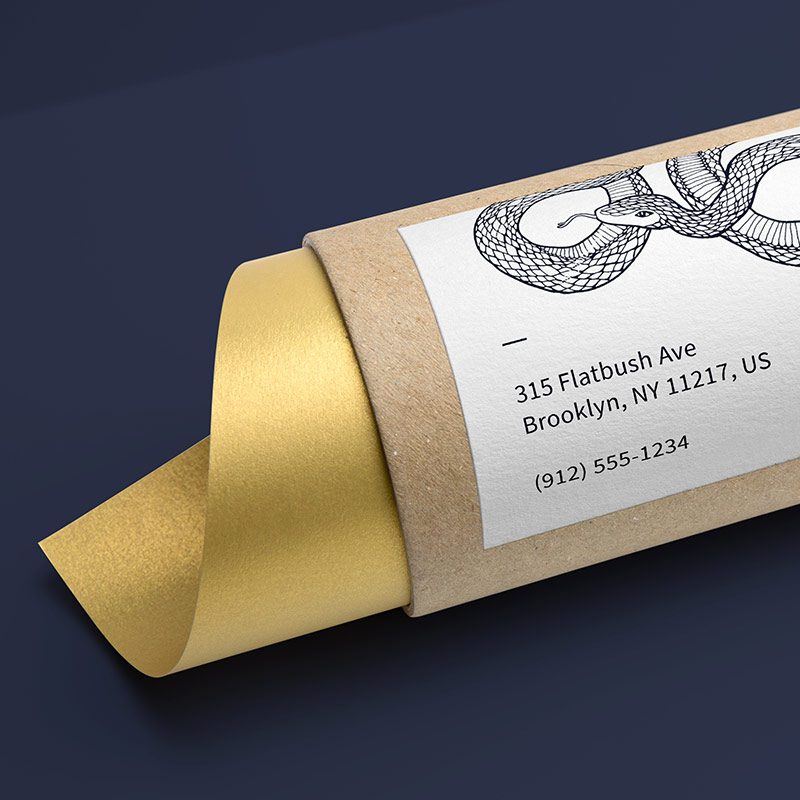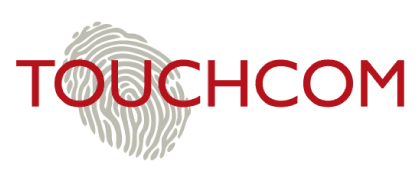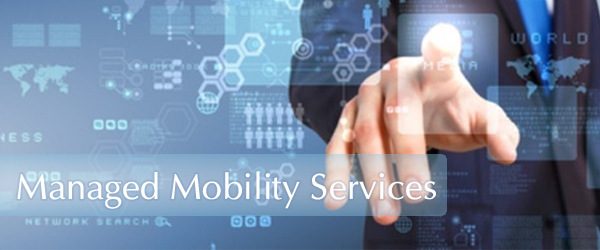

Do You View Mobility As An Expense To Be Minimised Or A Strategic Business Enabler?
With 70% of the population predicted to be using smartphones by 2020, there’s no slowing down the advent of new technologies. These developments are also pushing traditional industries to rethink how they do business.
At the crux of this shift are IT management and Line of Business (LoB). The initiatives of these two departments often lack alignment due to their siloed nature within traditional business frameworks.
LoB goals move the business forward by focusing on customers and how to best serve them to increase revenues. At times, this push means having the newest technology available. Meanwhile, IT’s goal is to support the enterprise at the lowest cost possible. At times, these initiatives are in competition (at best) or at odds (at worst).
LoB looks for the path of least resistance, which is why we see a proliferation of near-unmanageable Shadow IT. At the same time, IT wants their users to remain on a platform and network they can control, a goal that may be perceived as restrictive or cumbersome by LoB.
An alignment between LoB and IT will allow for both a strategic advantage and cost management. Agility is required to make this happen; the traditional way of managing to particular platforms will no longer work. Instead, the focus should be on supporting a fluid IT environment with the flexibility to handle future devices introduced into the environment. After all, consumers are driving IT changes within the enterprise, and devices will only continue to evolve over time. Organisations that can support future device types more readily are at an advantage.
As IT moves to manage to a process (rather than to a platform) they can set up a program that allows these new technologies to integrate more easily after being approved. End-users will force these new technologies into the business, whether IT likes it or not. Being agile allows for an easier (and less costly) integration of these new technologies because the company will be able to adapt and achieve a much better time to value (TTV).
Ultimately, this agility will provide future cost savings with reduced costs of change as well as happier, more productive employees who are more invested in the technology decision process.











